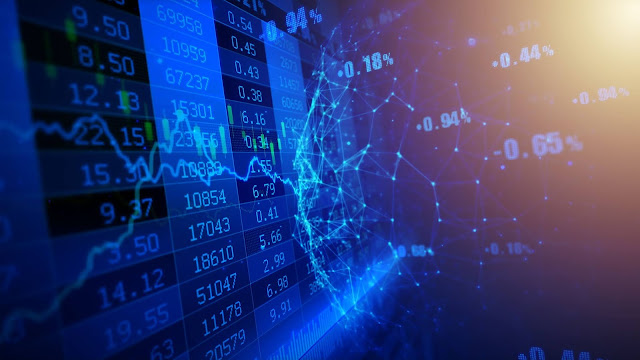Psychedelic Drugs in Psychiatry And How They Can Help Patients
Psychedelic drugs have historically been used for recreational and religious purposes, but they may soon be used in medical settings. Many biotechnology companies like Bright Minds Bio has conducted researches and studies on treating patients with PTSD, addiction, anxiety disorders, and more with psychedelic drugs like LSD and psilocybin.
How Biotechnology Can Help Patients
Psychedelic Drugs, also known as psychedelic drugs or hallucinogens, have been used for thousands of years in spiritual ceremonies. In modern times, however, they are primarily associated with recreational drug use. Their therapeutic potential was ignored mainly due to their legal status, but recent advances in biotechnology may have opened up new avenues for exploring these naturally occurring substances. Some studies suggest that psychedelics could be beneficial to people suffering from anxiety disorders such as Post-Traumatic Stress Disorder (PTSD) and Depression and chronic psychological conditions such as Obsessive-Compulsive Disorder (OCD). Although most tests were conducted on rats or other animals, there is reason to believe that results can be replicated on humans.
How Doctors Screen Patients Before Administering Psychedelics
Psychedelics have been used for thousands of years, but as biotechnology companies develop new ways to treat illnesses with these drugs, more people will benefit from them. Psychedelics are particularly effective for treatment-resistant disorders like depression or PTSD. To ensure that a patient is a good candidate for psychedelics therapy, doctors will screen them by asking questions about their medical history and administering psychological tests. Patients must also complete a period of psychological preparation before they begin treatment with these types of drugs.
How Patients Are Prepared For Their Sessions
The main reason that psychedelic therapy works so well is that these substances allow you to tap into parts of your mind that are difficult or impossible to access during normal states of consciousness. Unlike most pharmaceuticals, psychedelics allow your patient to access their unconscious mind without added outside stimuli or guides. In a session conducted with pure MDMA, you might see things that have been buried inside you for years: perhaps memories from childhood or traumatic experiences. During an ayahuasca ceremony, you might be able to see some of these issues from other angles and perspectives as if everything is part of a dream—not unlike lucid dreaming (but much more intense). Some people don’t remember anything about their sessions; others have full epiphanies on life itself.
What To Expect During Your Sessions
Psychoactive substances like LSD, psilocybin mushrooms, and DMT have been shown to be highly effective at treating depression and anxiety, among other things. When you take these types of substances (or even fake versions of them), what happens is that your brain releases a flood of neurotransmitters, including serotonin, dopamine, norepinephrine, etc. The release of all these chemicals simultaneously contributes to that trippy feeling you get when you trip. And because there’s a massive surge of neurotransmitters being released throughout your brain all at once, your body is essentially forced into an instantaneous state of serenity for as long as you’re tripping.
Visit Website for more information on psychedelic drugs.





Comments
Post a Comment